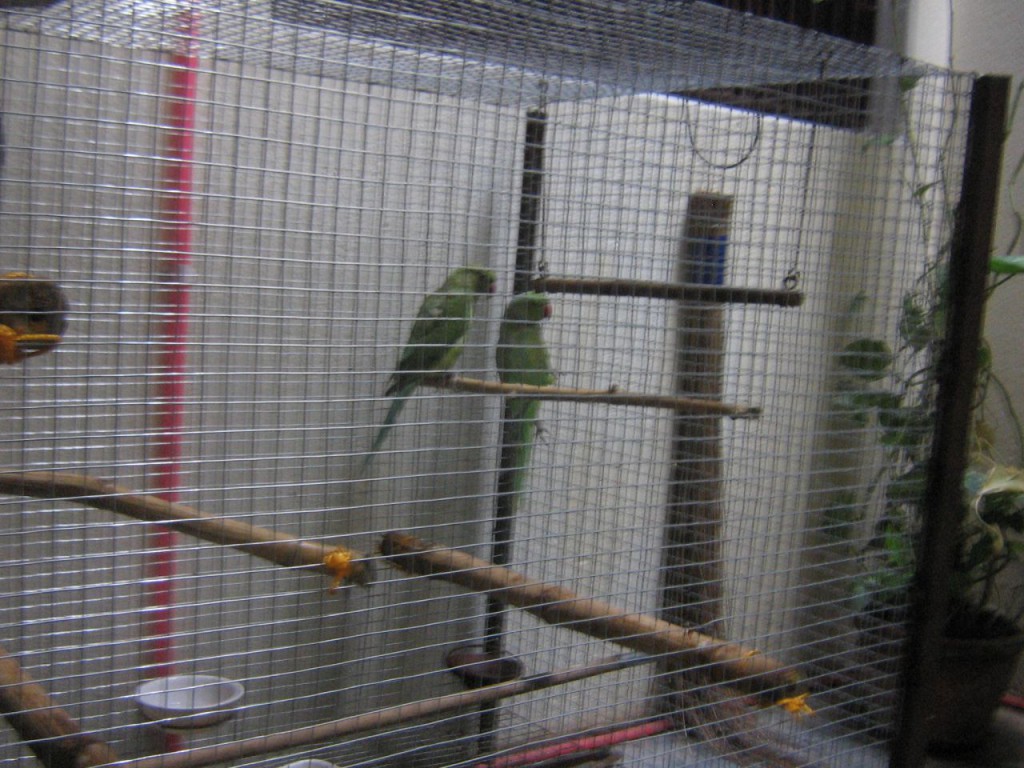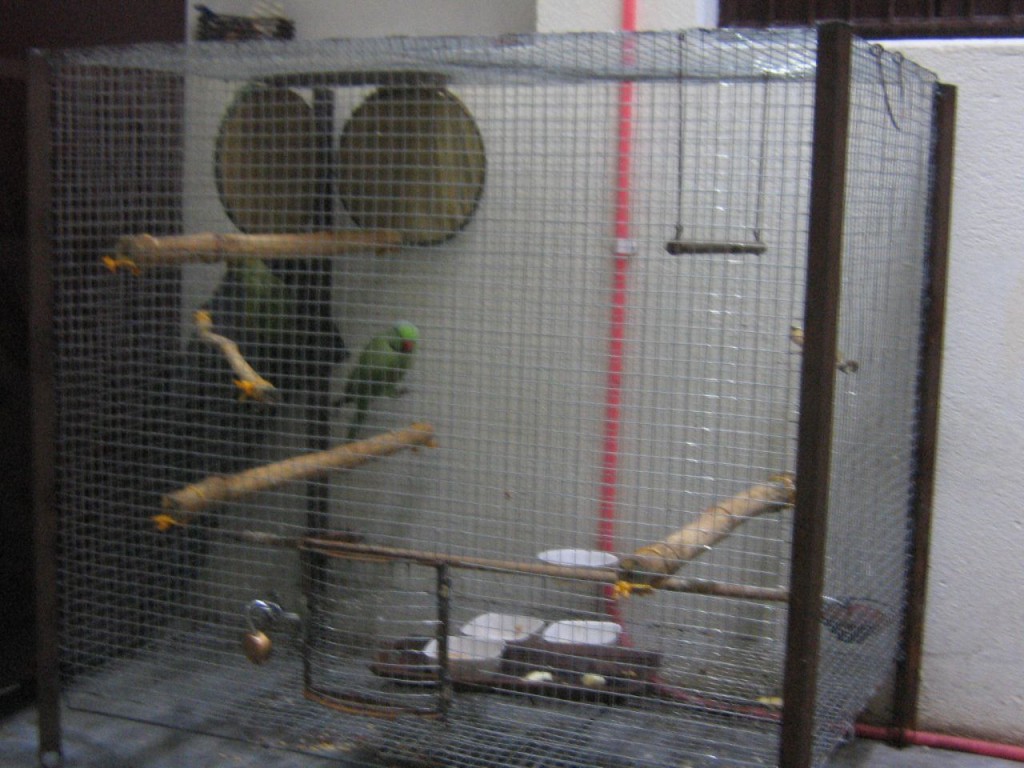I completed my tour guide training in December, and my license was printed in January. Soon after, the Ministry of Tourism office in Delhi asked me to submit a police verification certificate from my local police station. This certificate is supposed to confirm that there are no legal cases against me. The Ministry even provided a standard form, and I was told I simply had to get it stamped at my local police station. When I went there with the form, the officer refused to stamp it. Instead, he told me to go to the DIG office and apply for a character certificate.
By mistake, I went to a different police office. I explained my situation to an officer there, but after learning I was a tour guide, he mocked me, saying: “Oh, so your job is to fool tourists and exploit them.” I was furious but held my calm. After a few more questions, he finally directed me to the correct DIG office. The DIG office was in terrible condition—dark, dusty, and neglected. The officer responsible gave me a form, which I filled out and submitted with my documents. I had been warned by my local police station that I would need to “take care” of him, so I handed over ₹100 as a bribe. He told me to follow up with my local police station in two days.
Back at my local station, they confirmed my application had arrived but demanded a domicile certificate from the court—something that would take over 15 days. I had already provided my passport, which was proof enough. Thankfully, an advocate present at the time intervened, insisting that a passport was equivalent to a domicile certificate. Only then did the officer reluctantly accept my documents. Even then, he said they would send someone to verify my residence in a week. I understood what he really meant.
When I asked if I was supposed to “give something,” he bluntly said: “Such work doesn’t happen without money.” My friends had told me ₹500 was enough, so I offered that. But the officer said there were five or six people to share the money with, and it wasn’t enough. We finally settled on ₹700. After taking the money, he gave me an unexpected “lesson.” He explained how to bribe properly: always look around to see who is in the office, offer money when there aren’t many people, and never mention a bribe to another officer. He even warned me never to admit I had bribed his colleague at the DIG office. After this “training,” he promised my documents would be forwarded the same evening.
From there, my file went to the LIU (Local Intelligence Unit). At their office, the same cycle began. They said they would verify my residence but then hinted that a payment would speed things up. One officer casually asked for ₹500, saying that if I paid, nobody would need to visit my home and my file would move forward the same day. I paid. Something absurd happened while I was there: I received a call about my guest house business. The officer overheard and asked if I had a restaurant. When I said no, he looked disappointed and said he would have liked to come for a meal—especially if there was “hot chicken with whiskey.” I was shocked at how openly he said this.
From LIU, my papers went to the CO office (a regional police office). There, an officer told me: “We know your daytime character, but we don’t know about your nighttime character—how many women or prostitutes you sleep with, or how many bars you visit at night.” He repeated this in front of other officers, and they all laughed. I was stunned by the humiliation. Finally, I asked how much money he wanted. He said, “Give anything.” I paid ₹200, and suddenly there was no need to check my “nighttime character” anymore. My file was forwarded to the SP (Superintendent of Police) office.
At the SP office, I had to wait an hour before being presented to the SP himself. He looked at me briefly, asked why I needed the certificate, and signed the papers. That was it. His PA later asked me to come back if I wanted to “make sure things moved quickly.” I returned a few days later, and luckily my documents had already been forwarded to the DIG office. Finally, back at the DIG office, I was told that another senior officer still needed to sign my papers. I waited for three hours in the heat until that officer finally arrived. The DIG officer then took my documents to him, got them signed, and finally issued me the character certificate.
The certificate itself was laughably unimpressive—a small piece of paper stating that no legal cases were registered against me. They hadn’t even updated the forms for 2010; it was printed as 2009 and corrected by hand with a pen. In total, I had spent nearly a month of running from office to office—DIG → Local Police → DIG → LIU → CO → SP → DIG again—and paid around ₹1,700 in bribes just to get this single piece of paper. What hurts most is not the time or the money, but the way I was treated. I was mocked for being a tour guide, accused of sleeping with prostitutes, and humiliated by people who were supposed to serve the public.
In the end, I got my police verification certificate, submitted it to the Ministry of Tourism in Delhi, and finally received my license. But every time I look at that piece of paper, I can’t help but feel that my character certificate was issued by the most characterless people I have ever met.







